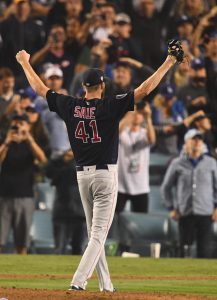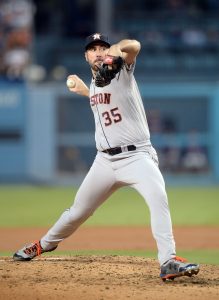The Rangers have returned Rule 5 selection Jordan Romano to the Blue Jays after the right-hander cleared waivers, tweets Shi Davidi of Sportsnet. Having been placed on waivers Thursday, the 25-year-old Romano was offered to his previous club today and will rejoin the Blue Jays after failing to make the Rangers’ Opening Day roster.
Despite a respectable 3.86 spring training ERA, Romano has posted an unimpressive 6:5 K:BB ratio in 9 1/3 spring innings with the Rangers. Romano had been selected in December’s Rule 5 Draft after a solid 2018 season at the Double-A level, in which he posted a 4.13 ERA while striking out 125 batters in 137 1/3 innings. Upon returning to the Blue Jays, Romano will not be required to be placed on the 40-man roster.



